Brewing your own beer used to be a hobby fraught with undrinkable results, but these days homebrew can cut it with the professional stuff, says a brewery founder.
Hayden Frew established the Martinborough Brewery 12 years ago and in that time the standard of kit available to the home brewer has improved dramatically, he says.

Photo: Hayden Frew
“Small-size brewing, versus big-size brewing; the principles are still the same, just different equipment and volumes. And so, the fundamentals of brewing, stay the same."
There are various software packages available to guide the home brewer, Frew says.
“BeerSmith is one of the main ones. And that's effectively software that gives you lots of information and recipes.
“You get all your information on your equipment, you enter it into the software, and it tells you about volumes of water you need etc.”
The classic set-up of boiling up the wort in a pot and fermenting in a plastic barrel is still around, but home brewers are increasingly opting for more sophisticated set-ups, he says.
“Fermenting in the plastic barrel, that's still done. But the thing is the controllability of it's not so good. The key to getting good quality product is having the ability to control the process and repeat it.”
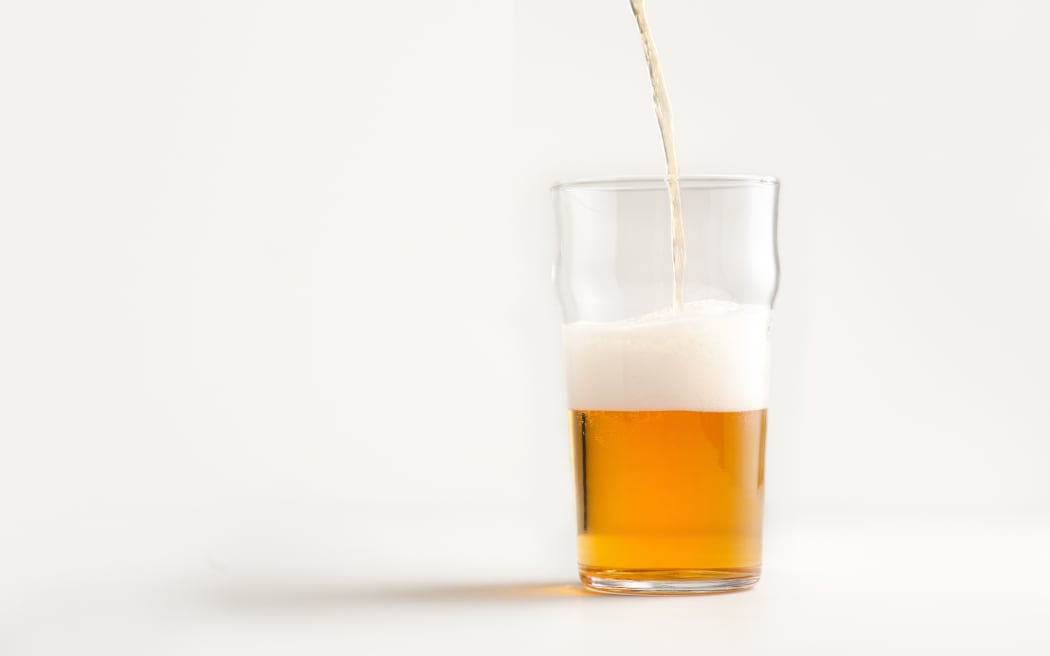
A pale ale is a good option for the beginner brewer. Photo: 123RF
Temperature control
During fermentation temperature control is vitally important if you want to have any chance of making a beer that is good to drink, Frew says.
“What happens when the yeast is fermenting, it creates heat, and the biggest issue is the temperature gets too high. And that creates esters and off flavours that you don’t want.”
There are any number of ways to control temperature; from fermenting in a cool, dark cellar, to wrapping the fermenter in a cooling sleeve, to putting it in a fridge, he says.
A popular method for the hobbyist is the fridge, he says.
“You have a controller with a probe that just monitors the temperature, and you have a little controller that turns the fridge on when it gets too hot and then it turns it off when it’s too cold.
“There is a time when the yeast is finished fermenting, it starts to drop temperature. And you have a heat pad to want to keep it within a zone.
“You can do it easily with an old fridge, these days you can buy a temperature controller off the shelf.”
The controller operates the fridge and the heating pad, and you set it to keep within a prescribed fermenting zone, he says.
“Most ale yeasts ferment somewhere between 18 and 22 degrees and lagers ferment between 8 to 12 degrees, Frew says.
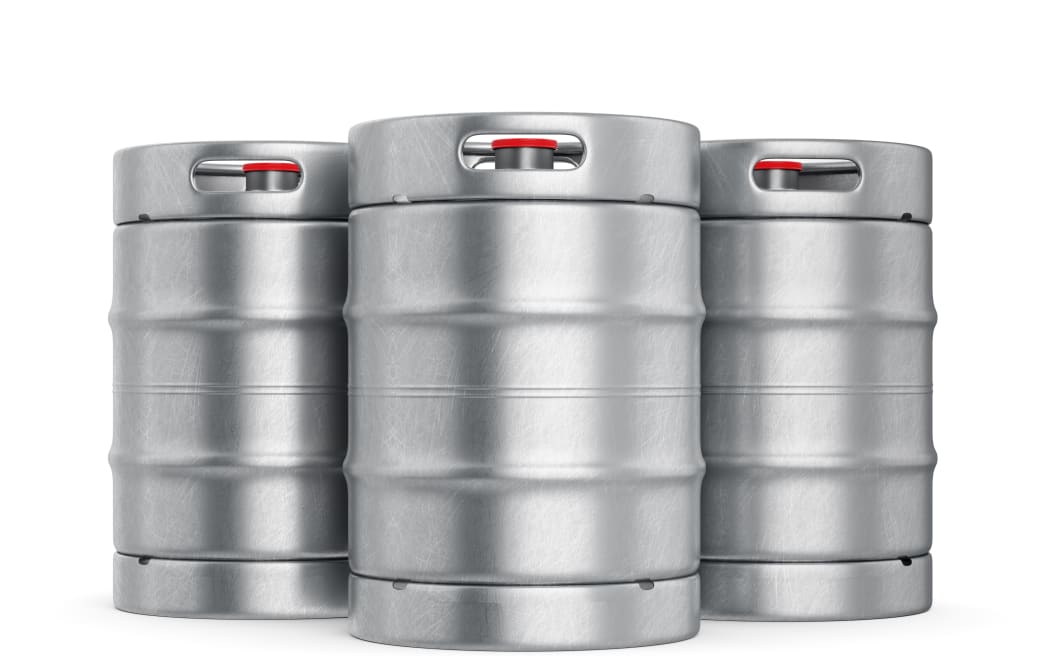
kegs are an increasingly popular option for home brewers. Photo: 123RF
Once the ferment stage is over it’s time to decide whether to carbonate the beer in bottles or a keg, he says.
“The traditional way for most home brewers would ferment and then put that fermented liquid into bottles, and at that time you put a little dose of sugar into the bottle. Because there's a little bit of yeast still left in there and that pretty much ferments the sugar and when you ferment CO2 is released, and so that creates the bubbles.”
Now it’s relatively easy to measure the quantity of sugar and avoid the exploding bottle syndrome, Frew says.
“You can get little pellets, like little drops that are measured out perfectly.”
Kegs, however, are an increasingly popular option for home brewers, he says, whereby CO2 is introduced manually.
Know your water
Know your water, Frew says, as water quality has a big impact on the outcome of the beer.
“Chlorine is something you don't want. If you're ever going to use water straight from the tap, it needs to go through a carbon filter to take the chlorine out.”
Other things to considers are the hardness or softness of the water.
“A lot of the beers around the world, their unique profiles came from the water profile. Pilsen in the Czech Republic, known for Pilsner has some of the softest water in the world. Dublin and London have hard water, so that's why they are known for their stouts and porters.”
You can change the chemistry of your water by adding acids, salts and minerals but the reverse, taking out things out, is more difficult, he says.
Frew recommends working with what you’ve got or finding another water source.
Local councils will normally have information on the make-up of water, but whatever you do, you must remove that chlorine.

Many beers from around the world were brewed because of the local water profile. Photo: 123RF
Hygiene counts
The stage where hygiene matters most is post boil, Frew says.
“You mash your grains, you get your liquids, then you boil it after that, you add them into the kettle, and you boil it for like an hour and a half and that sterilises it.
“And then you drop the temperature back down to say that 20 degrees and that's danger zone after that, 20 degrees is what bacteria loves. So that process from after the chilling, that's when you've got more risks.”
Yeast and bacteria enjoy the same temperatures so it’s important the fermenter is completely sanitary before introducing the wort to ferment, he says.
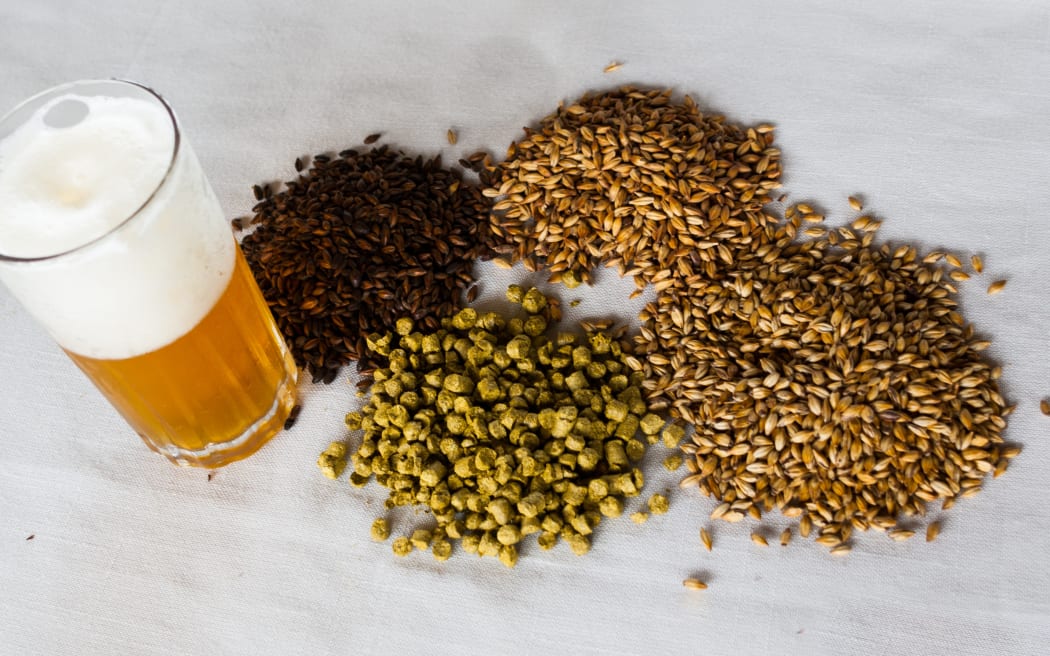
Don't stint on the quality of your ingredients, says Frew. Photo: 123RF
Cooling the wort
The boil lasts 60 or 90 minutes rendering the wort sterile which must then be cooled. And there are a few different ways to get the temperature to drop quickly, Frew says.
“It's either through a heat exchange where you have cold water running one way and hot wort going the other. Or you use glycol to bring it down.
“Most people use that counterflow technique, using cold water going through some sort of a heat exchanger.”
Starter beers
For the complete novice Frew recommends starting off with an ale like a golden or pale ale.
Stouts are quite a good one to start with as well, they're a bit more forgiving.”
Lagers are the toughest to home brew, he says
“They take a bit longer, and there's more chance of off flavours through the fermentation process from what the yeast does.”
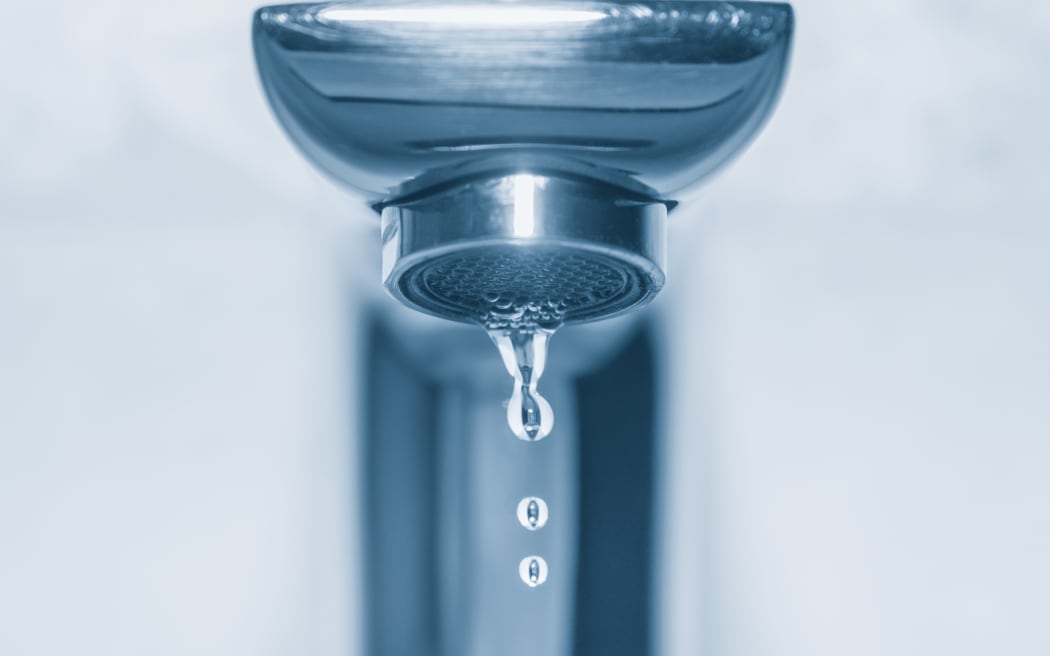
Chlorine is a beer killer and must be charcoal filtered out. Photo: 123RF
What about hops?
Hops add bitterness and also bring flavour and aroma to beer and the type of hops used are a factor in the type of beer you’ll end up with.
Pelletised hops are the most popular form, and they can be bought from your home brew shop, he says.
“They're dried and vacuum sealed. And they'll last for a couple of years if they're not opened in the fridge.”
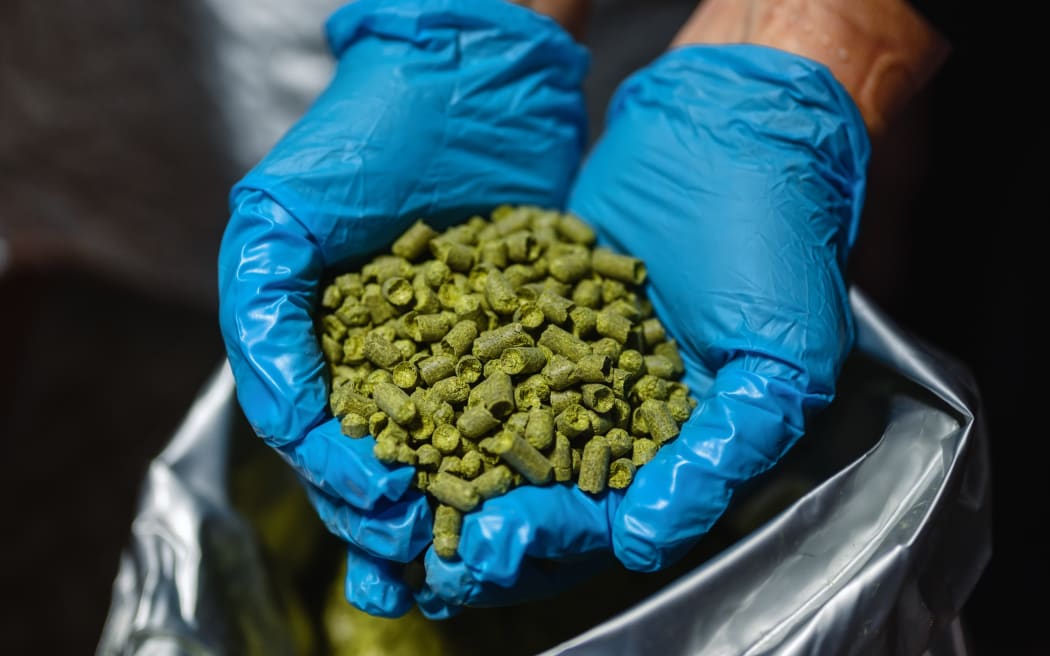
Photo: 123RF
Some home brew facts from Brewshop NZ in its annual State of the Home Brew Nation Survey
* The majority (69.9%) brew beer with an average alcohol percentage (ABV) of between 5 and 6.9%
* 65.5% use a keg, 32.5% bottles
* Some 65% used software with Beersmith, Brewfather and Grainfather and Brewer’s Friend the most popular
* Almost 80% of home brewers use temperature control in their brewing process
* Perhaps the most surprising fact: Only 27% of home brewers have a tattoo. Last year the survey found 40% of home brewers had a beard.


